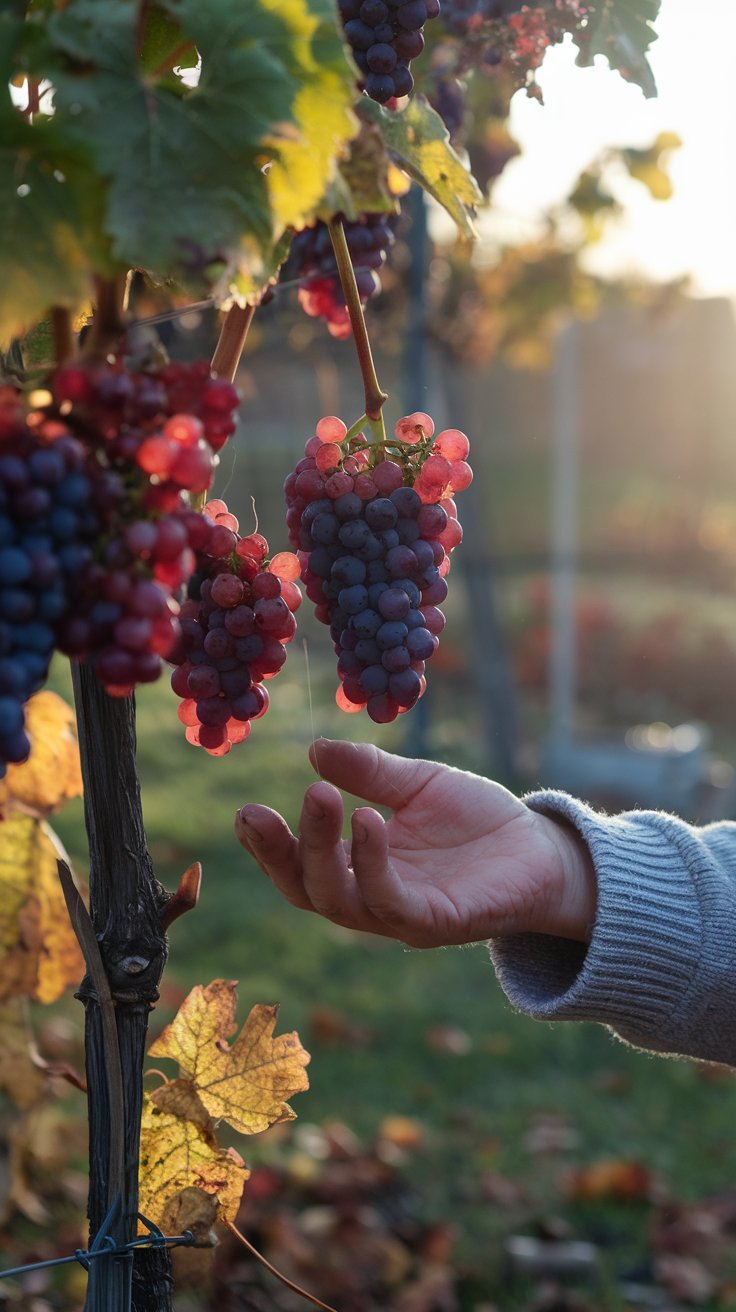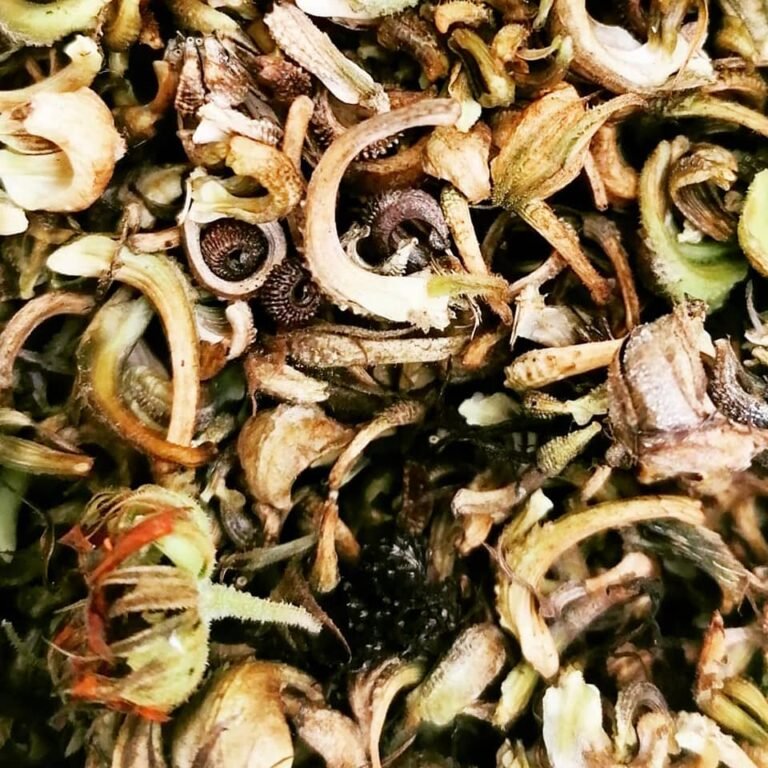Last week, I found myself on my hands and knees in the herb bed, tugging stubborn weeds from the damp soil. It was a familiar battle, the kind every gardener knows well—determined roots clinging to the earth while I waged war against their persistence. Anyone who has tried to get dandelion out of the ground before knows what I’m talking about, right?
But as I sat back to wipe the sweat from my brow, I realized something: was I pulling out a nuisance or a treasure trove of forgotten wisdom? Many of these so-called weeds had once been kitchen staples and medicine cabinet essentials, known for their resilience and healing properties.
According to the Irish Medicinal Plants Society, over 800 species of plants with documented medicinal and culinary uses grow wild in Ireland! Instead of battling these resilient plants, let’s embrace their benefits. From traditional folk remedies to nourishing recipes, these five common Irish weeds deserve a place in your kitchen and wellness routine.
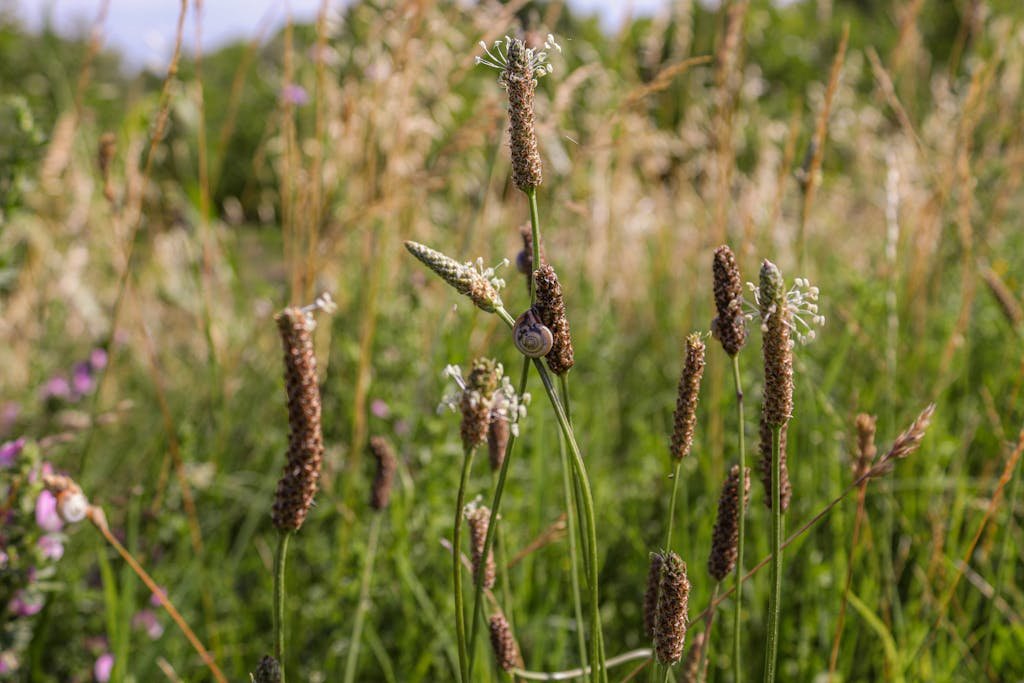

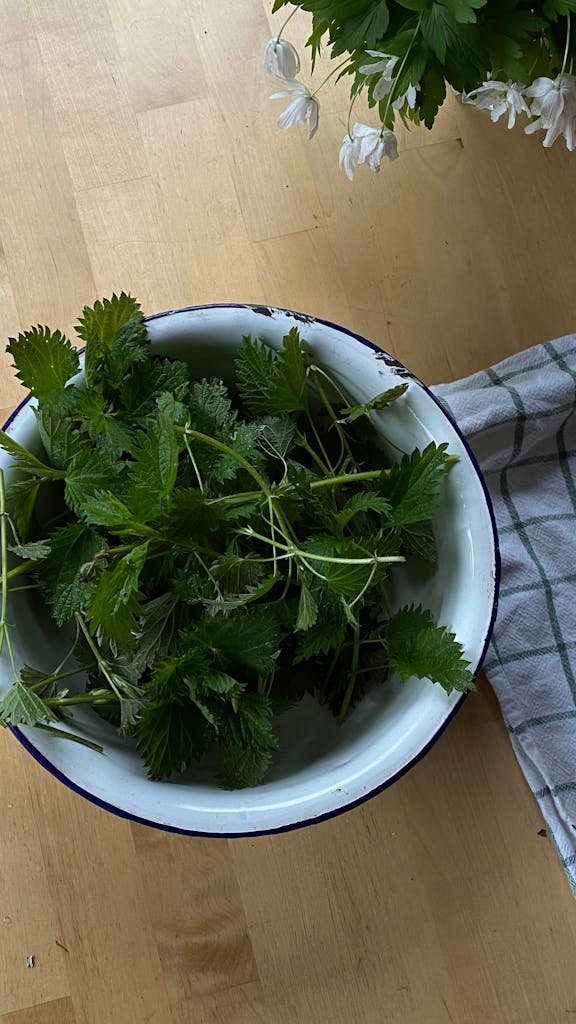
Some of the links in this post are affiliate links, including links to products on Amazon. This means if you click and make a purchase, I may earn a small commission at no extra cost to you. I only recommend items I genuinely love and believe could add value to your life. Thank you for supporting this blog—it helps keep the content free and full of ideas just for you!
Safety First: Identifying and Harvesting Medicinal Weeds
Before embarking on your foraging journey, it’s essential to equip yourself with the right tools to ensure both safety and efficiency. A reliable foraging knife is indispensable; the Gardena VeggieCut Harvesting Knife is a popular choice among foragers for its sharp blade and ergonomic design.
For plants with deeper roots, a FLORA GUARD Professional Hori Hori Garden Trowel proves invaluable, allowing you to dig and cut with precision and ease.
Protective gloves are crucial, especially when handling plants like nettles; they safeguard your hands from stings and thorns. Invest in a pair like the ones I chose as the cover your forearms too, which nettles appear to have a thing for.
A sturdy basket or a waxed canvas foraging bag provides a breathable environment for your ‘harvest’, preventing delicate plants from wilting.
Additionally, a field guide tailored to Ireland’s flora, such as “The Wild Food Plants of Ireland” by Tom Curtis and Paul Whelan, can aid in accurate plant identification and offer insights into their culinary uses.
Remember, proper identification is paramount to ensure that the plants you gather are safe for consumption. By arming yourself with these tools and knowledge, you can confidently and responsibly explore the wild edibles that Ireland’s landscapes have to offer.
Dandelion (Taraxacum officinale): The Golden Healer
Folklore & History
Dandelions are the bright bursts of sunshine that refuse to be ignored, popping up in every crevice, crack, and untamed patch of soil. Far from a pesky weed, this golden healer has a legacy steeped in traditional medicine and kitchen creativity. Irish folklore speaks of dandelion’s ability to cleanse the blood, while modern research confirms its detoxifying properties, particularly for liver health.
Proper Identification
Dandelions have bright yellow composite flowers with deeply toothed leaves that form a basal rosette. The hollow stems exude a milky sap when broken.
Look-alikes
Beware of false dandelions (Hypochaeris radicata), which have branching flower stems and lack the telltale milky sap.
Harvesting
- Where to Find – Dandelions grow in lawns, meadows, and roadside verges – basically everywhere
- Tools Needed – A hori-hori knife, small trowel for roots or a big fork, depending on maturity.
- Parts to Use – Leaves, flowers, and roots.
Health Benefits
Dandelion supports liver detox, aids digestion, and is rich in vitamins A, C, and K.
Recipe Ideas
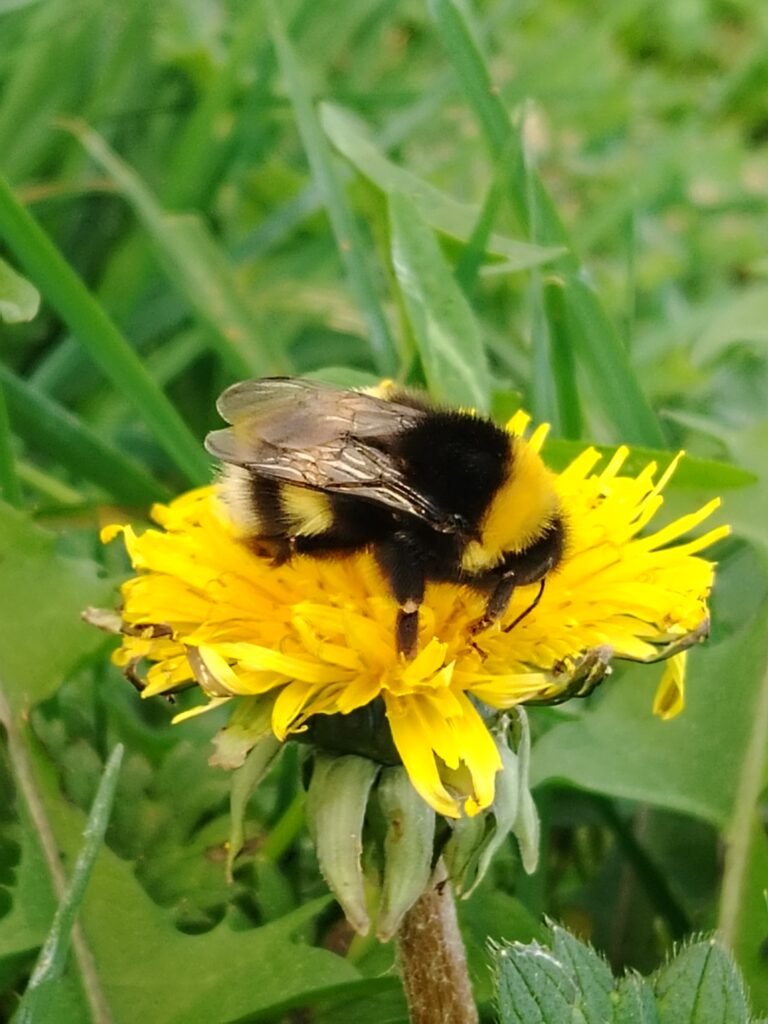
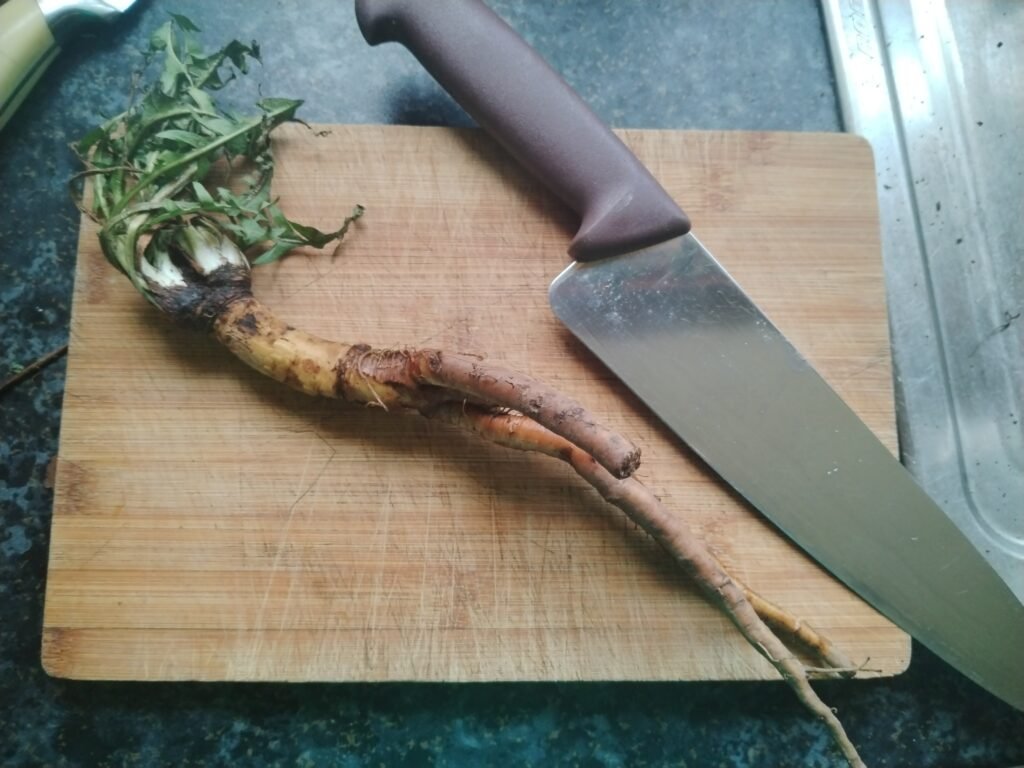
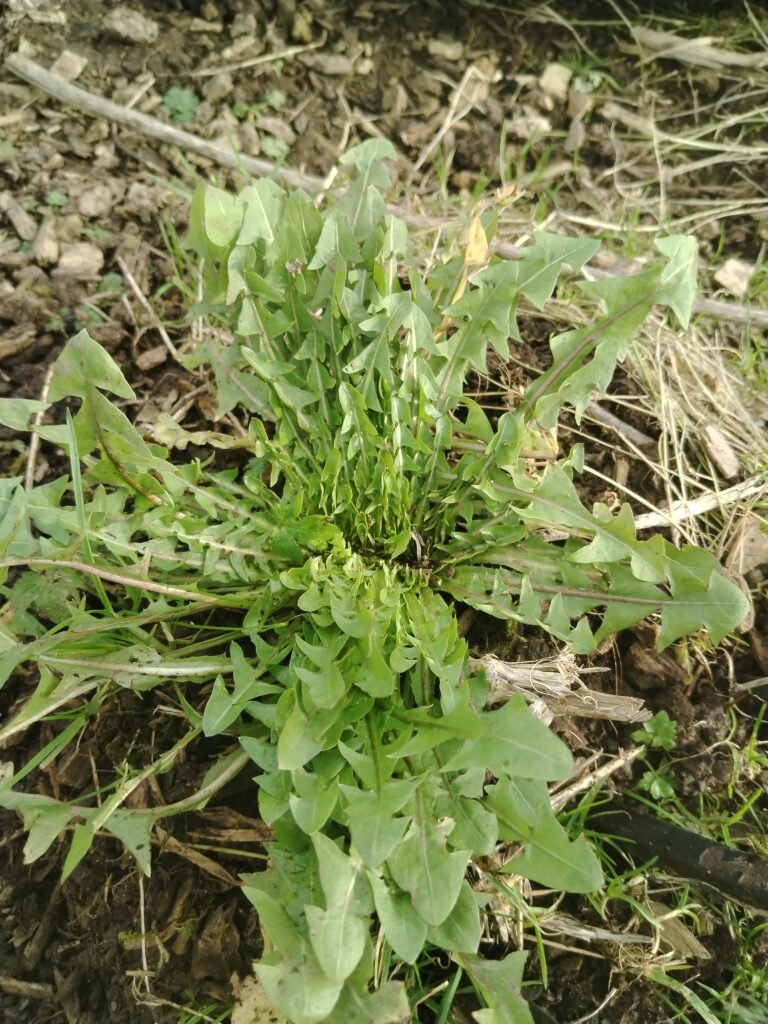
Plantain (Plantago major): Nature’s First Aid Kit
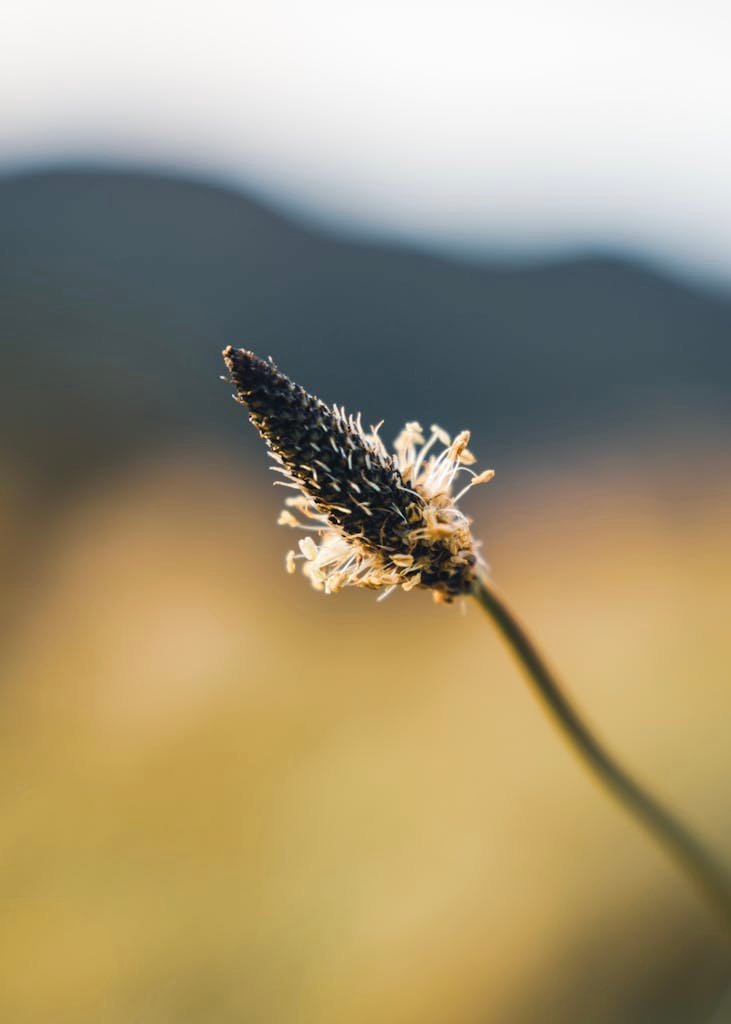

Folklore & History
Plantain is the quiet healer of the hedgerows, often overlooked until you need it most. This humble weed, with its broad green leaves and tall seed spikes, has been used for centuries to soothe wounds, insect bites, and skin irritations. It’s nature’s Band-Aid, rich in anti-inflammatory compounds and tannins that help draw out toxins.
Proper Identification
Broadleaf plantain has oval, ribbed leaves in a rosette pattern with tall seed heads.
Look-alikes
Ribwort plantain (Plantago lanceolata) is similar but has narrower leaves.
Harvesting
- Where to Find – Grows in lawns, pathways, and compacted soil.
- Tools Needed – None; harvest by hand.
- Parts to Use – Leaves and seeds.
Health Benefits
Plantain is anti-inflammatory, supports wound healing, and aids digestion.
Recipe Ideas
- Plantain Poultice for Cuts
- Plantain & Honey Cough Syrup
- Wild Green Salad with Plantain Leaves
Nettle (Urtica dioica): The Nutritious Stinger
Folklore & History
Nettles have a reputation that precedes them, often remembered for the sting rather than their extraordinary nutritional value. But beneath their prickly exterior lies one of the most nourishing plants you can forage. Rich in iron, calcium, and antioxidants, nettles have been a staple in Irish kitchens for generations.
Proper Identification
Nettles have serrated, heart-shaped leaves covered in tiny stinging hairs.
Look-alikes
Dead nettle (Lamium spp.) resembles true nettles but lacks the sting.
Harvesting
- Where to Find – Along hedgerows, fields, and woodland edges.
- Tools Needed – Gloves and scissors.
- Parts to Use – Young tops and leaves.
Health Benefits
Nettles are high in iron, calcium, and vitamin C, supporting circulation and reducing inflammation.
Recipe Ideas
- Nettle Soup
- Cheese & Nettle Scones
- Nettle Tea

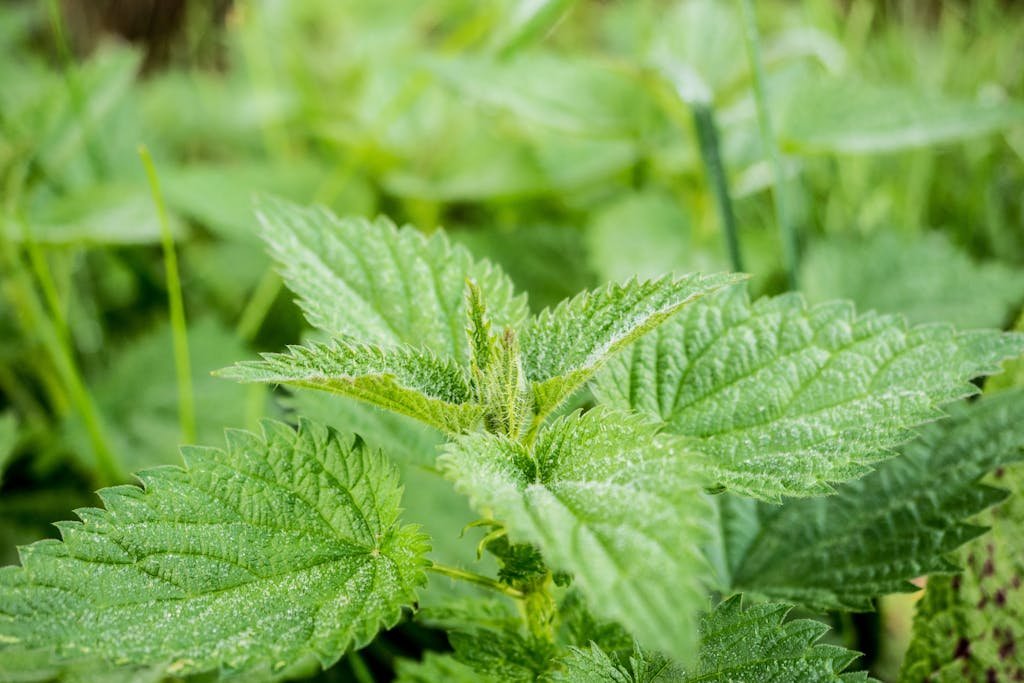

Chickweed (Stellaria media): The Cooling Herb
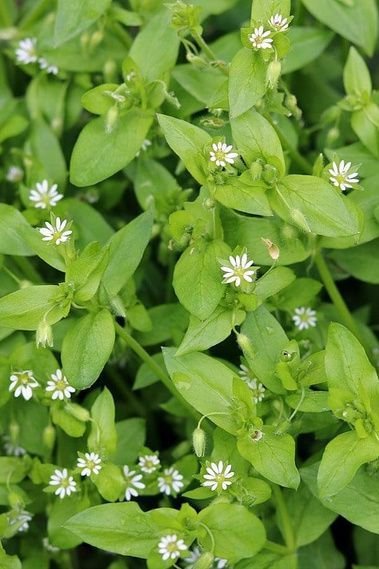
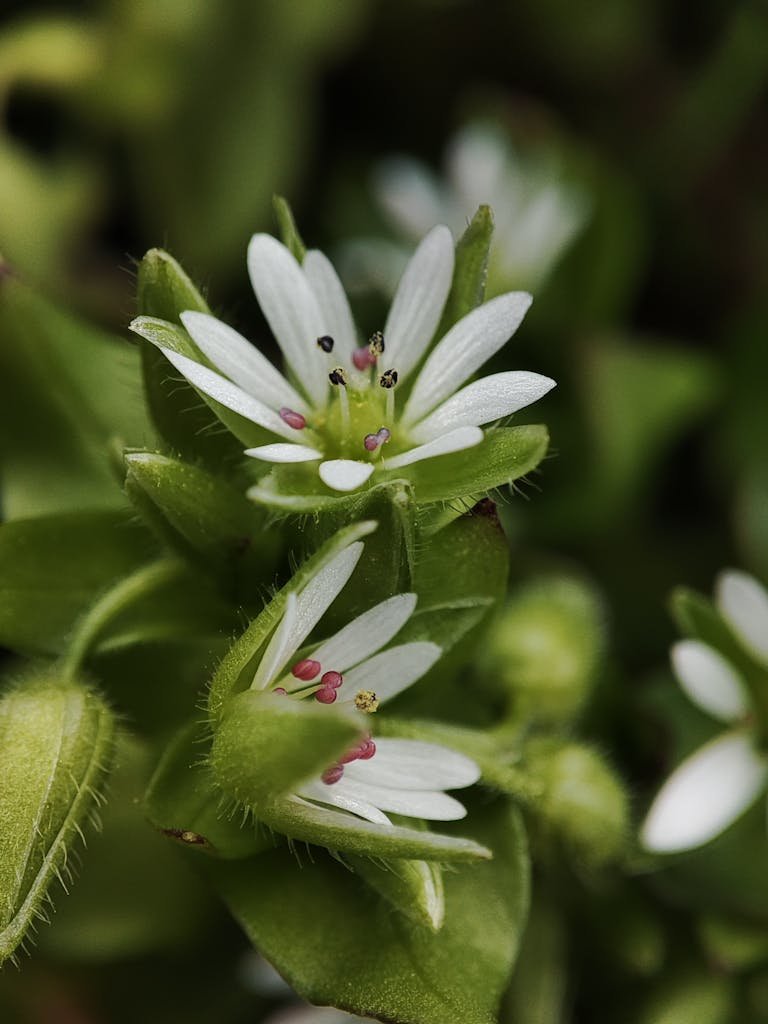
Folklore & History
Chickweed is a delicate green that grows in shady, damp patches, often spreading across garden beds in early spring. While gardeners might sigh at its prolific nature, this plant is a soothing herb for irritated skin and a mild, refreshing green in the kitchen.
Proper Identification
Chickweed has tiny white star-like flowers and sprawling green stems with opposite leaves.
Look-alikes
Scarlet pimpernel (Anagallis arvensis) is toxic and has orange, not white, flowers.
Harvesting
- Where to Find – Moist, shady areas.
- Tools Needed – None; harvest by hand.
- Parts to Use – Leaves, stems, and flowers.
Health Benefits
Chickweed cools inflammation, supports digestion, and is rich in vitamins.
Recipe Ideas
- Chickweed Pesto
- Chickweed & Potato Soup
- Chickweed Herbal Salve
Self Heal (Prunella vulgaris): The Wise Healer
Historical Medicinal Applications
Self Heal has long been revered in herbal medicine for its remarkable ability to speed up wound healing and fight infections. In Irish folklore, it was believed to be a cure-all, used to treat everything from sore throats to skin ailments.
Identification Features Throughout Seasons
Self Heal has small, purple flowers that form dense spikes, with creeping stems and oval-shaped leaves.
Harvesting Guidelines and Timing
- Where to Find – Meadows, lawns, and woodland edges.
- Tools Needed – Scissors or a knife.
- Parts to Use – Leaves and flowers.
Traditional Preparation Methods
Self Heal was often brewed into teas, tinctures, and salves for external use.
Modern Therapeutic Applications
It is used today for immune support, inflammation reduction, and skin healing.
Scientific Validation of Properties
Studies suggest Self Heal has antimicrobial and antioxidant properties, supporting immune health.
Recipe Ideas
- Self Heal Herbal Tea
- Self Heal & Honey Throat Syrup
- Self Heal Skin Balm
Sustainable Practices & Future Growth
- Creating a weed-friendly garden space – Encouraging beneficial wild plants while maintaining garden balance.
- Ethical harvesting guidelines – Gathering responsibly to ensure future plant populations thrive.
- Storage and preservation methods – Drying, freezing, and tincturing techniques to extend usability.
- Record-keeping practices – Documenting plant locations and harvesting cycles for better planning.
- Building a healing herb garden – Cultivating useful medicinal plants intentionally in home gardens.
- Sharing knowledge with the community – Educating others on the value of foraging and herbal medicine.
Conclusion
Next time you find yourself weeding, pause for a moment. That handful of greens may hold centuries of wisdom, waiting to be rediscovered. By learning how to identify, harvest, and use these plants, you’re not only tapping into a rich herbal tradition but also making your garden a more sustainable, purposeful space.
Whether you’re sipping on a dandelion root coffee or applying a plantain poultice, these “weeds” offer nourishment, healing, and a connection to nature that’s often overlooked. So, instead of discarding them, embrace the art of harvesting and let these plants become a part of your wellness journey.
Plus, since I started looking at weeding as harvesting it definitely took the sting out of it for me. Happy foraging!





